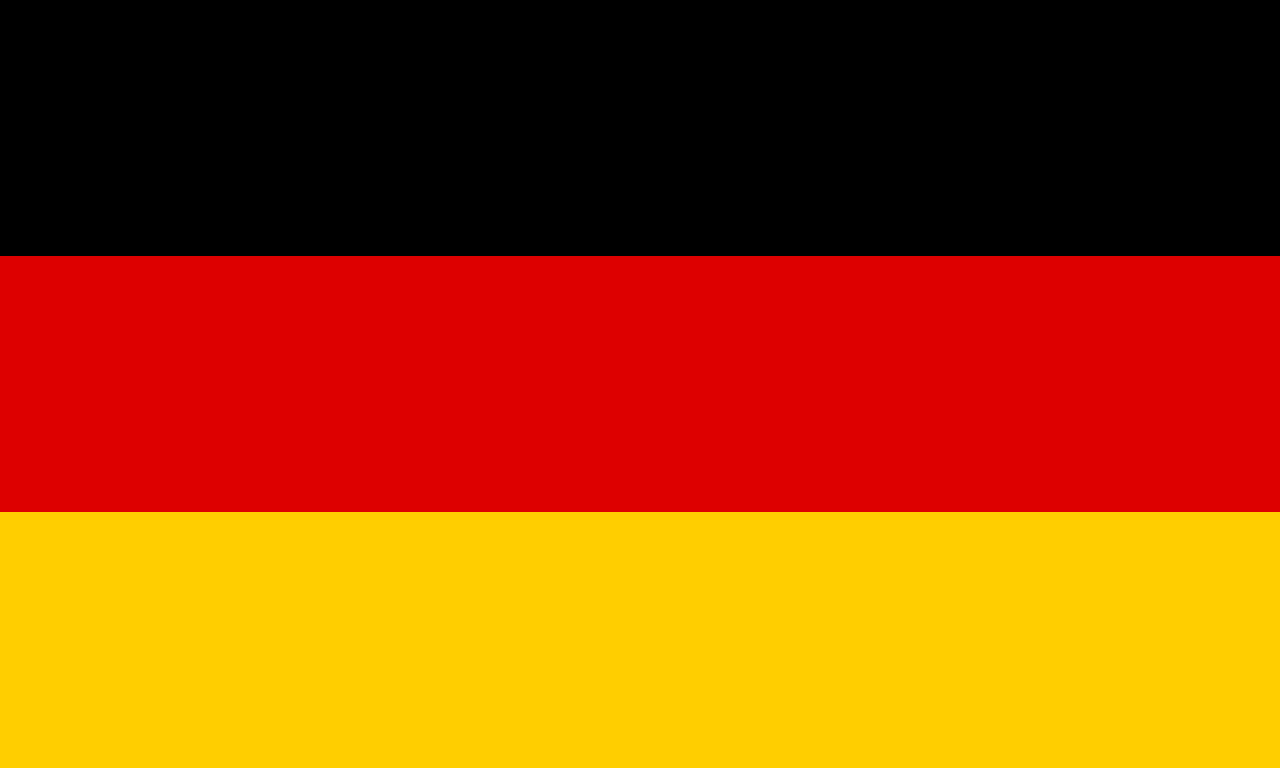German Democratic Republic
Overview
Established in the aftermath of the Second World War, the German Democratic Republic, colloquially known as East Germany was formed from territory occupied by the Soviet Union in the year 1949. Through this division, Germany, which had barely been united for three quarters of a century, was split apart yet again.
Whilst nowhere near the strength of the world superpowers, the GDR’s contributions to the conflict against the BETA have been tremendous. From the Laserjagd doctrine to the role of the National Volksarmee in Operation Palaiologos and the Central Asian frontline, East Germany acts as the Soviet Union’s most steadfast ally.

History
When the United States dropped two atomic bombs upon the industrial cities of Rostock and Magdeburg in 1944, the Führer of the Third Reich committed suicide in his bunker in East Prussia. Under an emergency government formed by Wehrmacht Officers, an unconditional surrender was issued to the Allied Powers several weeks later, bringing the second greatest conflict in human history to an overdue end.
As a result of post-war negotiations between the Eastern and Western Allies, the nation of Germany found itself split, at first into four occupation zones administered by the French, Americans, British and Soviets. When the wartime alliance between the Allies and Soviet Union broke down after the end of the war in Asia, Germany was reorganised into two states; West Germany, an amalgamation of the Western occupation zones, and East Germany, officially known as the Deutsche Demokratische Republik headed by the Socialist Unity Party, a merger of the disparate German Left into one united front.
The new government had its work cut out for it. The war had destroyed most of the East's industrial capacity and infrastructure, with what little remaining being shipped to the Soviet Union as part of a series of reparations whilst refugees flooded past the Oder river from border strips ceded to Poland.
As another piece in the great game that was the Cold War, the GDR found itself not only facing enemies in the West, but also enemies within. As each decade turned, the grip of the Stasi, East Germany's infamous secret police grew ever tighter. When news reached the East German political elite of the conflict between American forces and the BETA on the moon, the Stasi's intelligence network began expanding further into Western Europe. When the BETA landed in Kashgar and spread west, ravaging the Central Asian socialist republics, the Stasi were authorized the ability to field their own TSF Batallions, as well as raise additional regiments to supplement the NVA, granting them power and influence second only to the civilian government.
When the time came for both NATO and the Warsaw Pact to join forces in Operation Palaiologos, the German Democratic Republic was one of its most active participants, committing over 100,000 personel and over 150 TSFs to the Operation. It was during Palaiologos that the East German forces acquitted themselves in both bravery and ingenuity. The Laserjagd tactics developed by Jürgen Bernhardt, alongside the mechanized strategems of Major General Alfred Strachwitz contributed greatly to the success of the operation, allowing East German forces to punch far above their weight in manpower and materiel.
In the aftermath of Palaiologos however, neither of those men would live to see the end of the decade. In the Moonlit Night Incident of 1979, both Strachwitz and Jürgen were rounded up in a Stasi purge alongside many other officers involved in Operation Palaiologos, robbing the NVA of much needed leadership, as well as cementing the position of the Stasi as the dominant entity within the nation.
In the decade since Operation Palaiologos, East Germany has been ruled by fear. The power of the civilian government has almost been effectively neutered, leaving the nation in a delicate balance of power between the NVA and Stasi. To make matters worse, rumours abound of a second Moonlit Night purge as word spreads of a plot by NVA officers to seize control of the state and overthrow the ruling Socialist Unity Party.
What awaits the German Democratic Republic is something for fate to decide. Will East Germany fall, marking the first step in the collapse of the Soviet sphere? Or will it weather the storm within and without, reinventing itself for a new era?
Government and Political Alignment
The state of East Germany may tout itself as an independent state aligned with the Soviet Union, but it is in reality no more than a satellite state established in the aftermath of the Second World War. Modeled after the Bolshevik principle of democratic centralism, there exists no single head of state for the German Democratic Republic, with the State Council taking upon that role collectively.
Governmental power is exercised by the Council of Ministers, consisting of 44 members which act as the intermediaries of the ruling Socialist Unity Party in government. Most notably, the Council of Ministers works to implement the policies of the Party's Politburo into practical administration, with ministers in the council subsequently subordinate to the secretary of the Central Committee responsible for their portfolio, as well as the Secretary-General of the Committee.
Alongside the presence of these three organisations is the insult to democracy known as the People's Parliament. According to the Constitution of the German Democratic Republic, the People's Parliament was vested with the authority to approve legislation and appoint members of both of the aforementioned Councils, but in practice is staffed entirely with members of the Socialist Unity Party, or yes-men from affiliated socialist organisations, serving as nothing more than a glorified rubber stamp
Military Overview
Originally established in 1949 alongside the foundation of the German Democratic Republic as the People's Police, the NVA's predecessor organization was disbanded less than a decade later in 1956. To replace the People's Police was the National Volksarmee, influenced by the Soviet Army and forming another of the Warsaw Pact militaries opposing NATO in the Cold War.
The NVA is split into three distinct main branches, the Landstreitkräfte; ground forces, the Volksmarine; naval assets; and the Luftstreitkräfte; the air wing of the NVA. Authority over the armed forces is nominally held by the Chairman of the National Defense Council, a post usually held concurrently by the Chairman of the State Council of East Germany, with the Minister of Defense who acts as the administrator of the NVA, as well as the liaison between the military's many administrative departments.
When the BETA first landed on Kashgar, the National Volksarmee was one of the first Warsaw Pact militaries to begin adoption of the Tactical Surface Fighter, ordering several F-4 Phantoms through the Soviet Union. Finding the focus on the Phantom's role as a 'mobile tank' too restricting to Pact doctrine of high mobility combat, the NVA quickly adopted the lighter and more agile Mig-21 Balalaika when it was released for foreign use.
In anti-BETA Operations, the NVA relies heavily on strategies of superior firepower to achieve victory against BETA formations. Ordinarily, artillery shells and aerial bombardment would be negated by the BETA Laser-class, but the NVA also combines bombardment with Laserjägd, entering BETA herds with the specific intent of hunting down Laser-class BETA to enable the artillery and aircraft to wipe out the remnants of the BETA herd.
As a result of this focus on 'hunting' tactics to achieve victory against BETA forces, TSFs employed by the NVA are usually much more lightweight than their western counterparts, sacrificing armor for increased mobility necessary for survival within the close quarter conditions of a Laserjägd, earning East German Surface Pilots the designation of 'Fliegendjäger' within domestic correspondence.
Tactical Surface Fighters
Mig-21 Balalaika
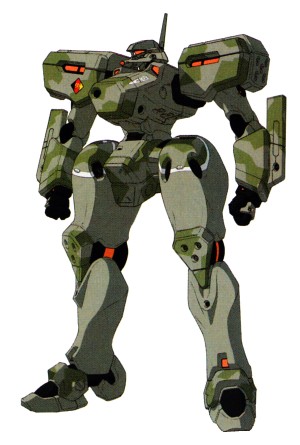
The first TSF developed entirely within the Warsaw Pact, the Mig-21 Balalaika was originally based off modified F-4 Phantom models provided to the Soviet Union in the leadup to Operation Palaiologos with minor modifications to increase adaptability for the different climates faced within Warsaw Pact territory.
Mig-21 PF/P
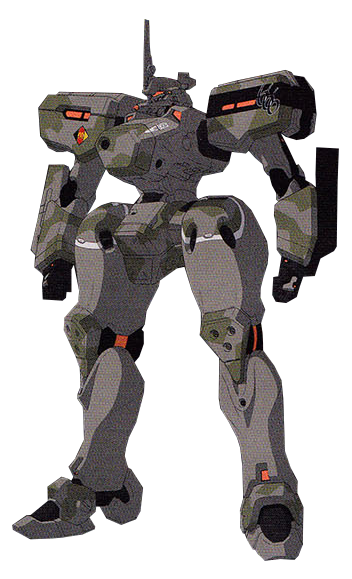
A variant of the Mig-21 constructed during the events of Operation Palaiologos as a command unit for squadron leaders engaging in Laserjägd tactics against the BETA. The PF/P is functionally similar to the Mig-21 Balalaika in specifications and performance, but differs in the head module, which is equipped with a 'mast' that functions as an extremely powerful radio receiver and transmitter, as well as a sensor for communication in the heavy-metal clouds used during Laserjägd operations.
Mig-23 Cheburashka
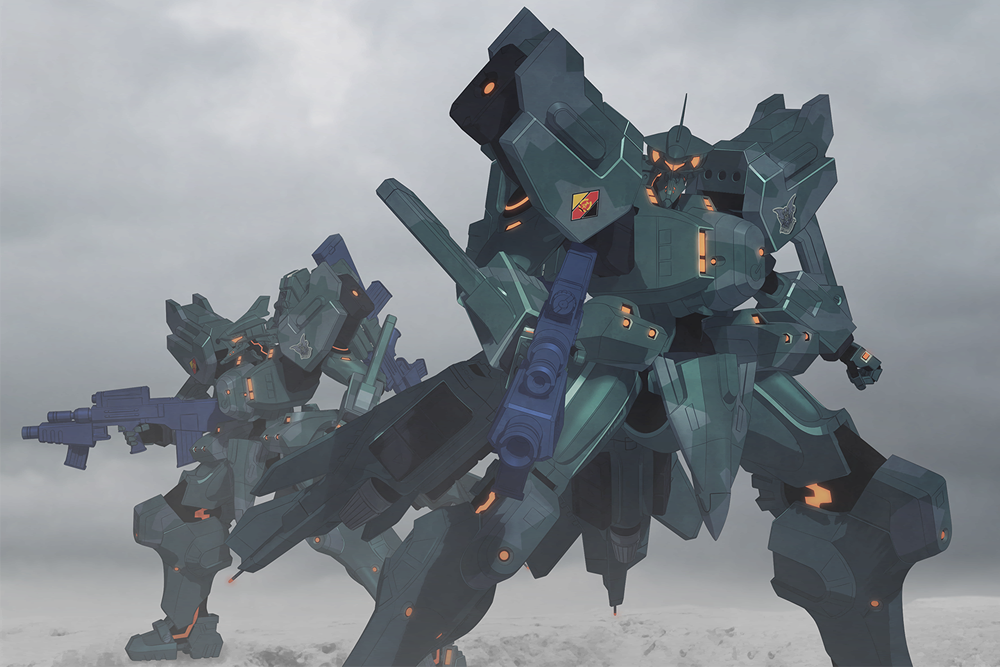
Regarded as the first Quasi-Second Generation TSF, the Mig-23 Cheburashka was first acquired by the German Democratic Republic's Military Police under the jurisdiction of the Stasi. The adoption of the Mig-23 Cheburashka by the Stasi prior to the NVA was two fold; first in that it provided a measure of security in the case of a potential NVA coup d'etat, and second being that the superior performance of the Mig-23 made it much easier to hunt down deserters attempting to escape with the Balalaika. As a result of its association with the Stasi, as well as the maintenance problems faced by the Cheburashka, it is often viewed unfavorably by German Surface Pilots
Mig-23 Cheburashka Ersatz
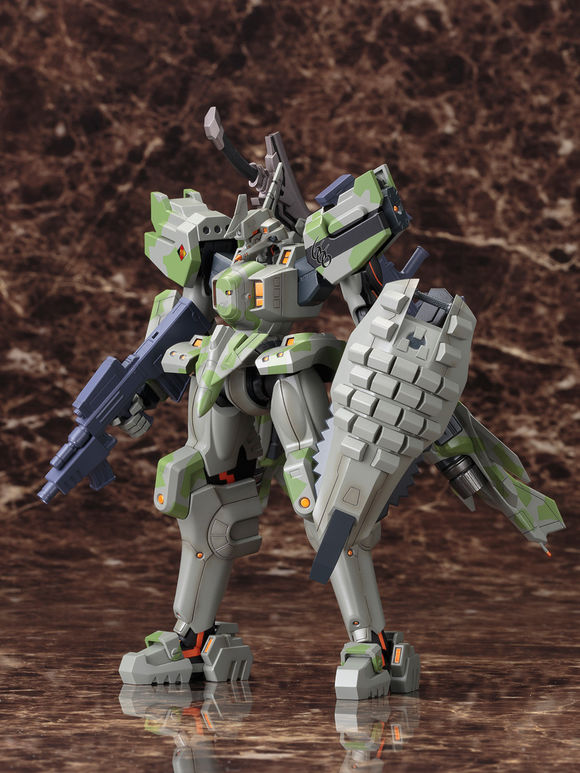
Taking advantage of the cross-compatibility between Balalaika and Cheburashka components, the Mig-23 Ersatz was a stopgap attempt by the East German NVA to upgrade their flights of Mig-21 Balalaikas with the hull and jump unit of the Mig-23. As a result, the Cheburashka Ersatz can be more aptly described as a Mig-23 frame operating with various internal components implemented by the Mig-21.
OFW-4 Jäger
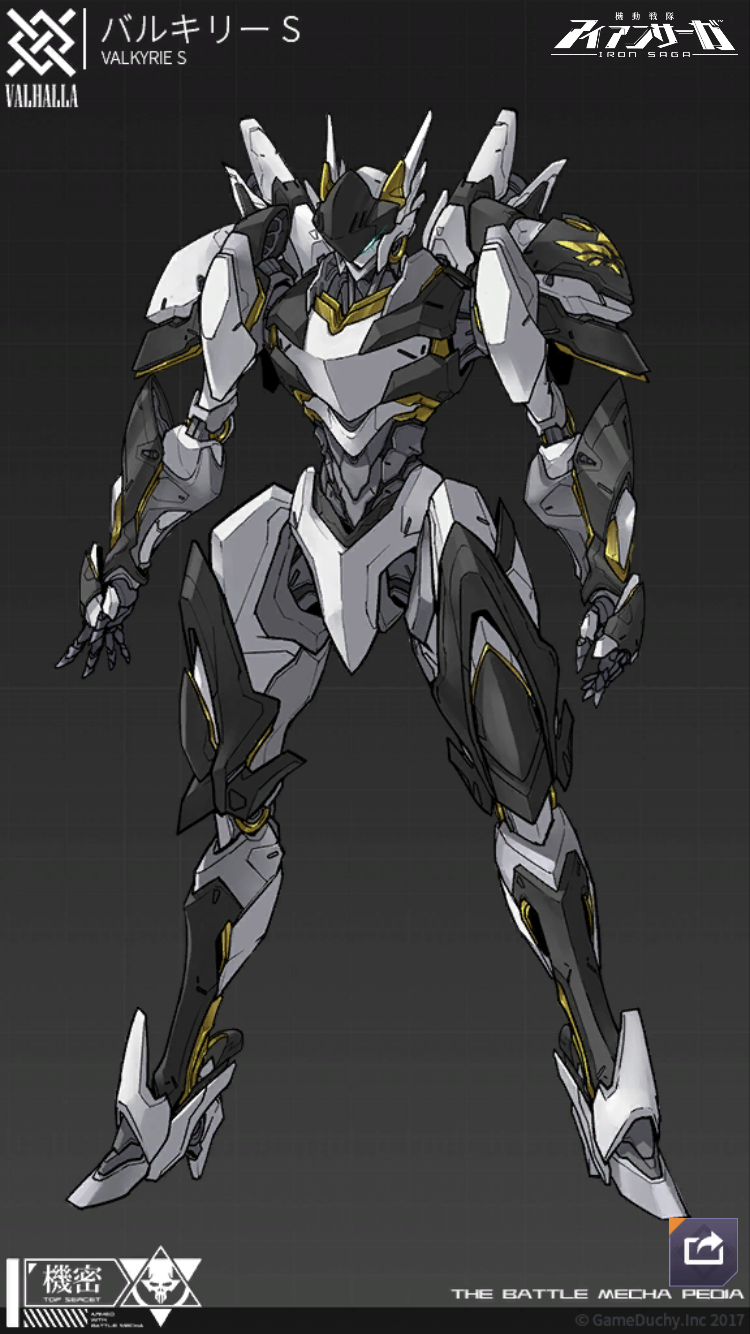
The only domestic East German TSF model to date, the OFW-4 Jäger, designed by Ostlichen Flugwerk was built with the doctrine of Laserjägd and Active Defense in mind. Lightly armoured with an emphasis on mobility, range and close-quarters combat, the Jäger operates most effectively in confined urban spaces and the close-quarter conditions of anti-BETA combat, but suffers when forced to engage in open battle.
Mig-27 Alligator
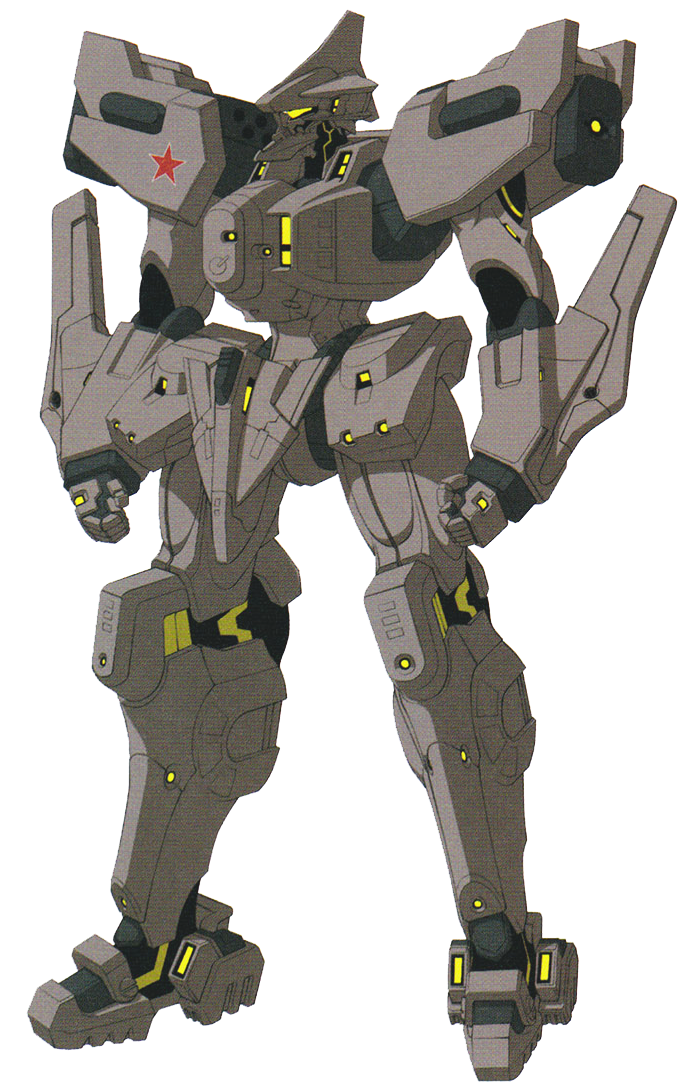
An upgraded Mig-23 with new components for improved operational up-time, battlefield communication and overall combat performance. The Mig-27 acts as the 'heavier' counterpart to the Jäger, and squadrons are often mixed to allow for the Alligator and Jäger to complement the weaknesses of the other.

The first TSF developed entirely within the Warsaw Pact, the Mig-21 Balalaika was originally based off modified F-4 Phantom models provided to the Soviet Union in the leadup to Operation Palaiologos with minor modifications to increase adaptability for the different climates faced within Warsaw Pact territory.
Mig-21 PF/P

A variant of the Mig-21 constructed during the events of Operation Palaiologos as a command unit for squadron leaders engaging in Laserjägd tactics against the BETA. The PF/P is functionally similar to the Mig-21 Balalaika in specifications and performance, but differs in the head module, which is equipped with a 'mast' that functions as an extremely powerful radio receiver and transmitter, as well as a sensor for communication in the heavy-metal clouds used during Laserjägd operations.
Mig-23 Cheburashka

Regarded as the first Quasi-Second Generation TSF, the Mig-23 Cheburashka was first acquired by the German Democratic Republic's Military Police under the jurisdiction of the Stasi. The adoption of the Mig-23 Cheburashka by the Stasi prior to the NVA was two fold; first in that it provided a measure of security in the case of a potential NVA coup d'etat, and second being that the superior performance of the Mig-23 made it much easier to hunt down deserters attempting to escape with the Balalaika. As a result of its association with the Stasi, as well as the maintenance problems faced by the Cheburashka, it is often viewed unfavorably by German Surface Pilots
Mig-23 Cheburashka Ersatz

Taking advantage of the cross-compatibility between Balalaika and Cheburashka components, the Mig-23 Ersatz was a stopgap attempt by the East German NVA to upgrade their flights of Mig-21 Balalaikas with the hull and jump unit of the Mig-23. As a result, the Cheburashka Ersatz can be more aptly described as a Mig-23 frame operating with various internal components implemented by the Mig-21.
OFW-4 Jäger

The only domestic East German TSF model to date, the OFW-4 Jäger, designed by Ostlichen Flugwerk was built with the doctrine of Laserjägd and Active Defense in mind. Lightly armoured with an emphasis on mobility, range and close-quarters combat, the Jäger operates most effectively in confined urban spaces and the close-quarter conditions of anti-BETA combat, but suffers when forced to engage in open battle.
Mig-27 Alligator

An upgraded Mig-23 with new components for improved operational up-time, battlefield communication and overall combat performance. The Mig-27 acts as the 'heavier' counterpart to the Jäger, and squadrons are often mixed to allow for the Alligator and Jäger to complement the weaknesses of the other.


